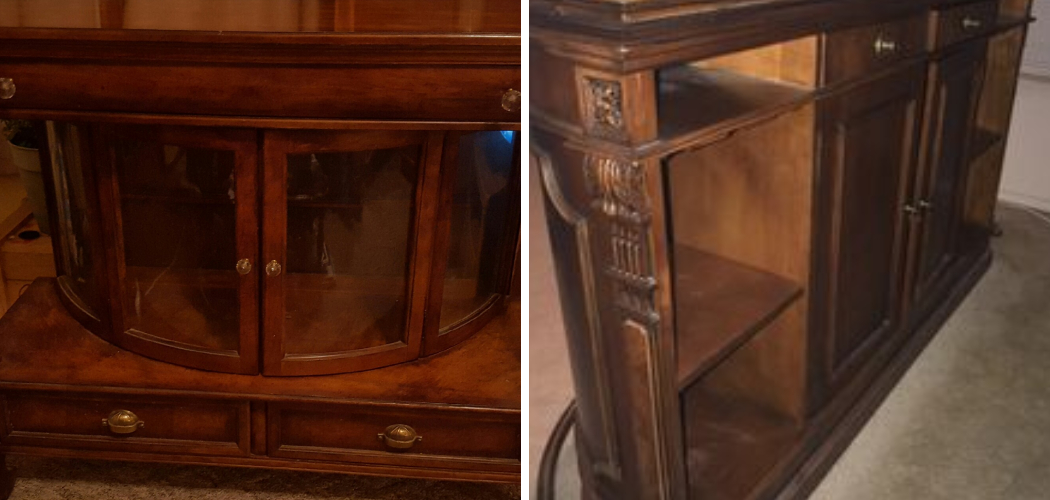Dating Pulaski Furniture can be a fascinating journey for collectors and enthusiasts seeking to understand the history and craftsmanship behind their pieces. Pulaski Furniture, known for its quality and distinctive styles, often carries intricate details and markings that can help determine its age and origin.
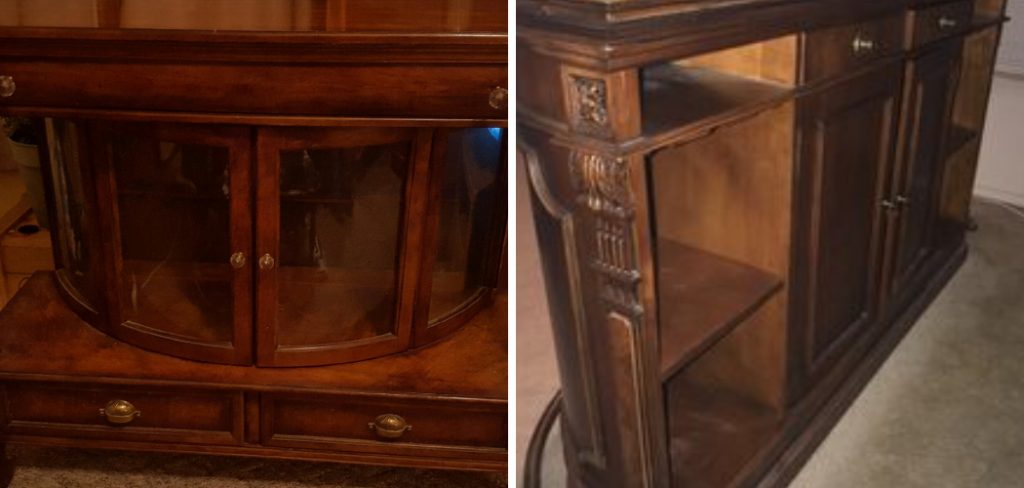
This guide on how to date pulaski furniture aims to equip you with the knowledge and tools necessary to identify and date your Pulaski Furniture accurately. By examining specific characteristics, labels, and construction techniques, you’ll be able to unlock the stories and heritage embedded within each piece.
Why Date Pulaski Furniture?
The ability to accurately date your Pulaski Furniture not only adds value and historical significance to your collection but it also helps you understand its style evolution and influences. Pulaski Furniture has a rich history spanning over 60 years, with each era marked by unique designs and production techniques. By dating your piece, you can pinpoint the time period in which it was created, giving insight into the cultural and societal influences that inspired its design.
It’s also important to note that Pulaski Furniture has been passed down through generations, with some families owning pieces for over a century. By dating your furniture, you can trace its journey and potentially discover any modifications or restorations that may have occurred over time.
Needed Materials
To successfully date your Pulaski Furniture, you’ll need the following materials:
A Magnifying Glass :
This will help you examine an item’s details, such as wood grain, construction methods, and markings.
A Tape Measure :
You’ll need this to take accurate measurements of your furniture, which can help determine its age and original purpose.
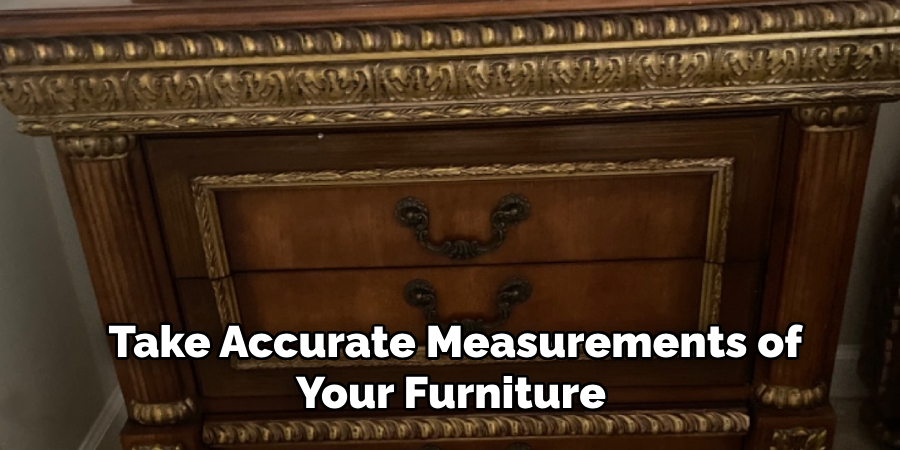
Patience and Persistence :
Dating Pulaski Furniture can be a time-consuming process that requires careful observation and research. Be patient and persistent in your pursuit of information, as it will ultimately lead to a more accurate date.
8 Easy Step-by-step Guidelines on How to Date Pulaski Furniture
Step 1: Look for Labels
The first and perhaps easiest step in dating Pulaski Furniture is to look for any labels or tags affixed to the piece. Pulaski Furniture frequently includes manufacturer’s labels, serial numbers, and production date tags that can provide crucial information about when and where the item was made. Begin by inspecting the back, underside, and inside drawers of the furniture.
These labels often contain not only the company name but also a model number and sometimes a date. They may be paper labels, metal tags, or stamped into the wood itself. Collecting this information will give you a solid starting point for further research and help confirm the authenticity and age of your furniture.
Step 2: Examine the Construction
Pulaski Furniture is known for its high-quality construction and attention to detail. By examining the construction methods used in your piece, you can determine its approximate age.
Early Pulaski Furniture was handcrafted using traditional joinery techniques, such as dovetail joints, while later pieces may feature machine-made joinery and hardware. Look for signs of wear and tear that can indicate whether a piece has been repaired or restored over time.
Also, consider the type of wood used in the construction. Different types of wood were favored during different eras, which can give clues about the age of your furniture.
Step 3: Identify Design Elements
Pulaski Furniture is known for its unique and elegant designs, which are often influenced by different artistic movements throughout history. By identifying specific design elements, such as patterns, motifs, and materials used, you can narrow down the time period in which your piece was created.
For example, Pulaski Furniture from the Art Deco era (1920s-1930s) features sleek lines and geometric shapes, while pieces from the Victorian era (1837-1901) incorporate ornate carvings and intricate details.
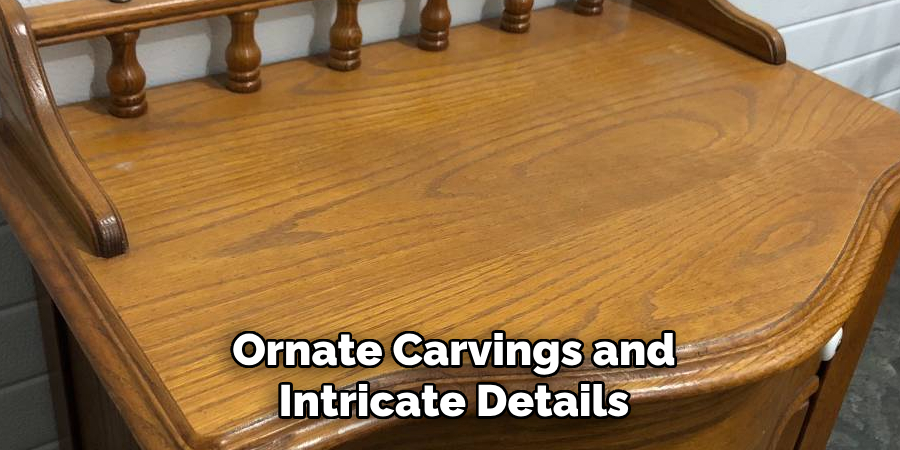
Step 4: Consider the Style and Function
Pulaski Furniture has evolved over time, with different styles and functions becoming popular during specific periods. For example, early Pulaski pieces were heavily influenced by traditional European styles, while mid-century modern furniture became more prevalent in the 1950s-1960s.
By examining the style and function of your furniture, you can narrow down the date range further and gain insight into its historical context.
Step 5: Take Measurements
Measuring your Pulaski Furniture can provide valuable information about its age and use. For example, a tall chest of drawers may have been used in a bedroom, while a shorter side table may have been used in a living room or hallway.
Also, take note of any unusual measurements that may indicate custom-made furniture. This can add to the uniqueness and value of your piece.
Step 6: Consult Reference Materials
There are various books and online resources available that specialize in Pulaski Furniture and its history. These references can help you identify specific styles, makers’ marks, and production techniques from different eras.
They may also include catalogs or advertisements from the past, allowing you to compare your piece with similar ones from the same time period. These resources can provide invaluable information and aid in dating your furniture.
Step 7: Seek Expert Opinion
If you’re still unsure about the age or authenticity of your Pulaski Furniture, consider seeking the opinion of an expert. Professional antique appraisers or dealers with experience in Pulaski Furniture may be able to provide insight and confirm your findings.
You can also reach out to the Pulaski Furniture company directly for assistance in dating your piece. The company has a dedicated customer service team that can help you with any questions or inquiries.
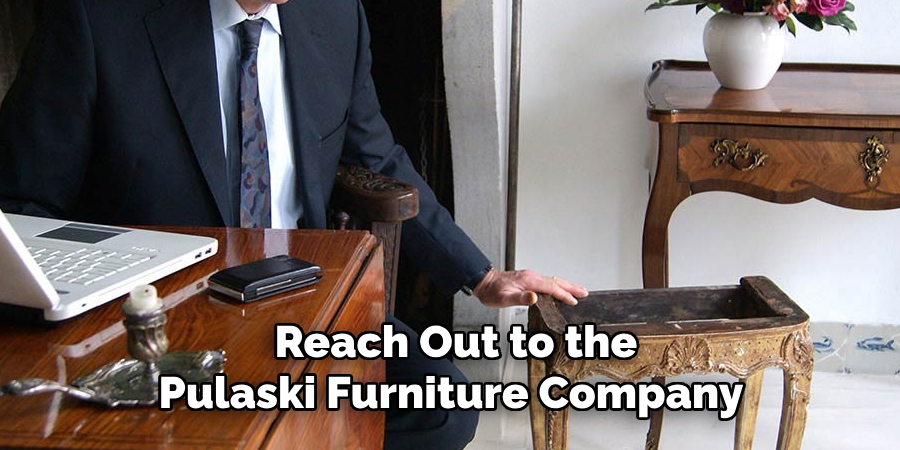
Step 8: Document and Preserve
Once you have successfully dated your Pulaski Furniture, be sure to document all of your findings. This information can serve as provenance and add value to your piece in the future.
Additionally, it’s essential to preserve your furniture properly to maintain its authenticity and historical significance. This may include avoiding harsh cleaning products, storing in a climate-controlled environment, and fixing any damage or wear with care.
Following these guidelines on how to date pulaski furniture can help you successfully date your Pulaski Furniture, providing a deeper understanding and appreciation for the piece’s history. With patience, persistence, and attention to detail, you can unlock the mysteries of your furniture and add another layer of meaning to its value and beauty.
Additional Tips
In addition to the above factors, there are several other tips to keep in mind when attempting to date Pulaski Furniture. These include:
Consult Reference Books:
There are several books on Pulaski Furniture that can provide detailed information and images of different eras and styles. These books can be an invaluable resource in dating your piece accurately.
Look for Design Influences:
Many Pulaski Furniture pieces were inspired by popular design movements or historical periods. By identifying these influences, you can narrow down the time period in which your piece was created.
Consider Provenance:
If you have any documentation, such as receipts, photos, or letters, that came with the furniture, be sure to consider them when dating your piece. These records can provide valuable information and help confirm its age and authenticity.
By following these tips and steps on how to date pulaski furniture, you can successfully date your Pulaski Furniture and gain a deeper understanding of its history and value. Remember to approach the process with patience and attention to detail for the best results.
Frequently Asked Questions
How Can I Tell if My Pulaski Furniture is an Antique?
To determine if your Pulaski Furniture is an antique, examine its construction, design elements, and style. Pieces with handcrafted joinery, unique historical design elements, and traditional wood types are usually older. Consulting reference materials and seeking expert opinion can also help confirm the age and authenticity.
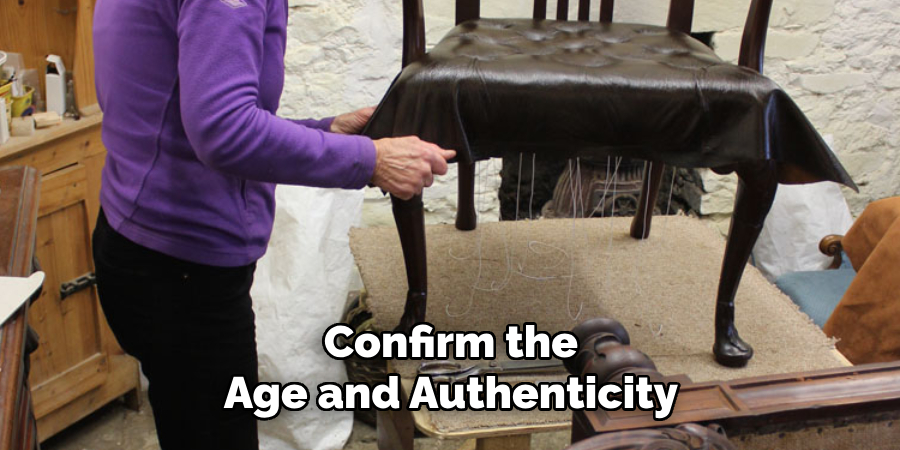
What Are Some Common Types of Wood Used in Pulaski Furniture?
Pulaski Furniture utilizes various types of wood depending on the era. Early pieces often feature woods such as mahogany, walnut, and oak, while later pieces may use cherry, maple, and pecan. Identifying the type of wood can give clues about the period in which your furniture was made.
How Can I Maintain and Care for My Pulaski Furniture?
Maintaining Pulaski Furniture involves proper cleaning and storage. Avoid harsh cleaning products and instead use a soft cloth and mild soap. Store your furniture in a stable, climate-controlled environment to prevent damage from temperature and humidity fluctuations. Periodic maintenance, like polishing, can also help preserve its beauty and value.
Conclusion
Dating Pulaski Furniture can be a rewarding and insightful process that not only reveals the history and craftsmanship of your piece but also helps in preserving its value and authenticity. By carefully following the steps outlined on how to date pulaski furniture—examining labels, construction, design elements, style, and consulting various resources—you can uncover the rich heritage of your furniture item.
Always remember documenting your findings and seeking professional opinions can further ensure the accuracy of your conclusions. As you delve into the world of antique furniture, each discovery enriches your appreciation for Pulaski’s timeless elegance and dedication to quality.
